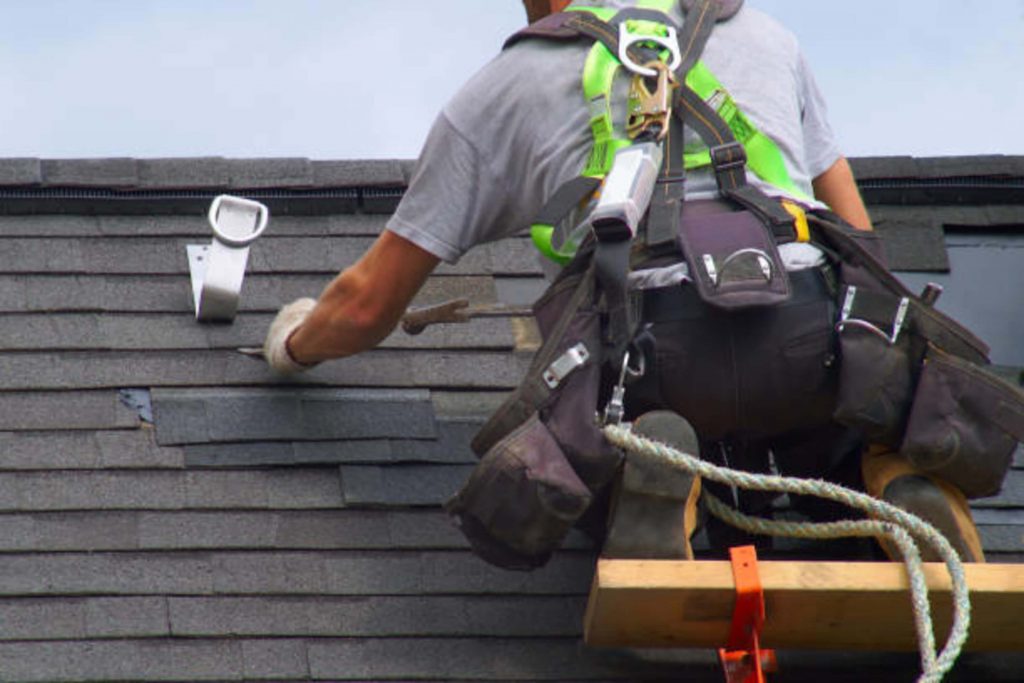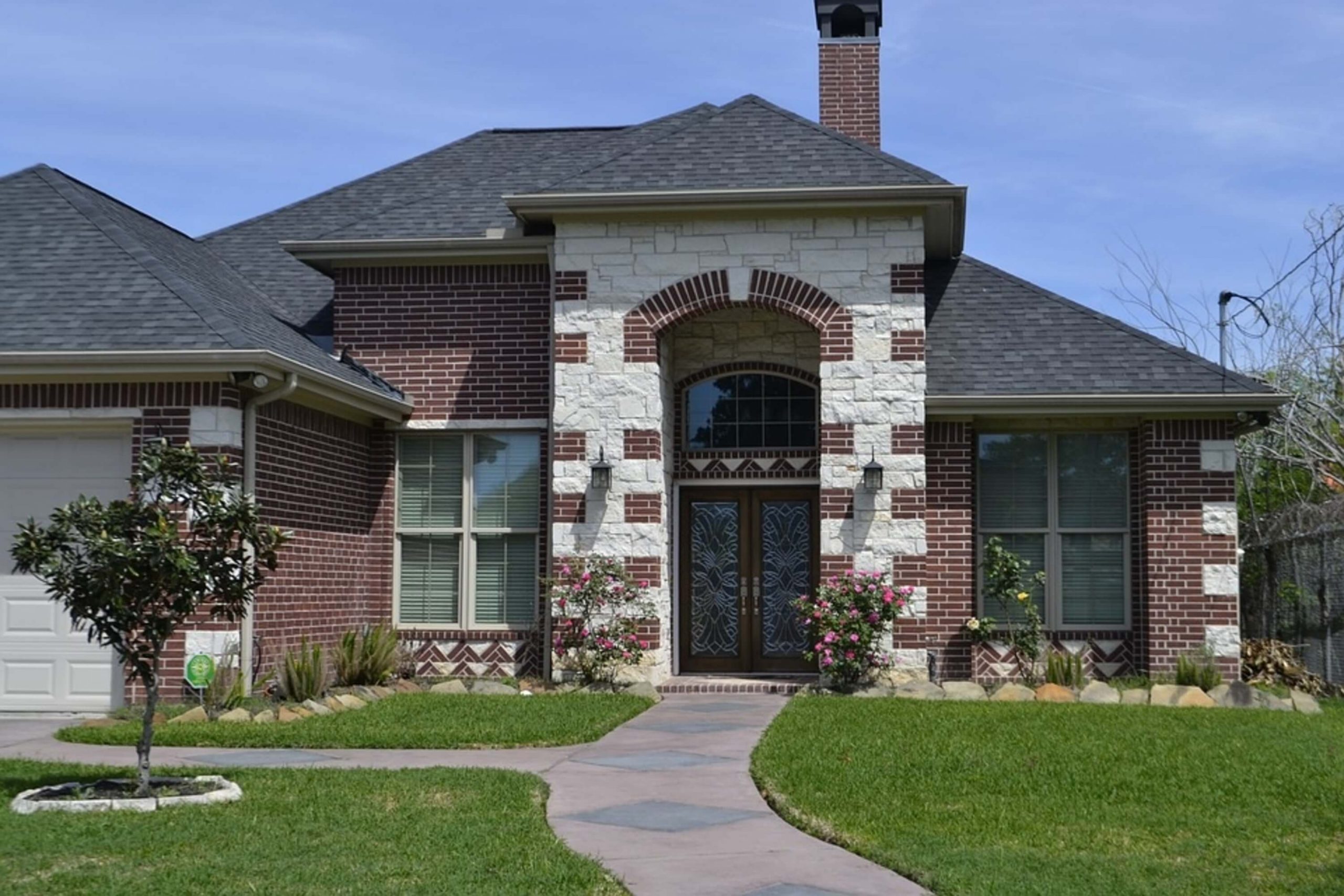How to Diagnose, Repair, & Prevent Siding Leaks
If you have leaky siding, know that you’re not alone. This is a common problem for most homeowners. But don’t worry. There are many ways to diagnose, repair, and prevent leaks in your home or building. Fortunately, everything you need to know about the maintenance process for exterior cladding has already been laid out in this blog post. Be sure to read until the end!
Causes of Siding Leakage
Before hopping on how to diagnose the leakage, it’s vital that you understand the root causes of the problem. That said, here are typical reasons that might cause moisture issues with your siding:
- Poor installation. It’s not a surprise that poor installation can cause leaky siding. A typical culprit would be when flashing or gaskets are not appropriately used to seal in moisture.
- Old Siding. Nothing is permanent, and as your siding ages, you can only expect to encounter some issues. It can be anything from rotting wood to molds or loose boards.
- Clogged gutter system. The backup of water will gradually make its way onto your home’s exterior and internal cavities. This excess water will pool up and eventually push through joints or cracks.
- Faulty repair Attempts. If you’ve previously attempted to fix your siding, there might be a chance that you’ve done something wrong and contributed to the leak instead. It could be not filling the hole with enough caulk or improperly applying seals around vents.
- Sudden temperature changes. If you live in a place with moody weather, the abrupt spikes and dips in temperature can cause your siding to expand and contract. This cycle will eventually create gaps or destroy parts of the material, causing leaks as a result.
Knowing the Signs of Leakage
Siding leaks are often easy to spot, but sometimes, they can also be tricky to discover. You must know the first signs that it’s time to make repairs.
- Siding stains. This indicates that something might be wrong with your exterior. When water seeps through, it can cause changes in the material that often results in discoloration of the surface.
- Discoloration in interior walls. Notice any color changes on the walls inside your home? This could mean that moisture is seeping through your siding and making its way through cavities.
- Any weird smell comes from your siding. Moisture creates a breeding ground for mildew and mold, which then cause an easily recognizable odor.
- Seeing mold and fungus. Fungus and mold typically thrive in moisturized environments. Once you see them growing through cracks on your siding, be prepared to find leakage underneath the material.
How to Repair Leaky Siding
Once you’ve discovered signs of leakage on your siding, it’s best to try and solve the problem right away. If you’re going to leave it even for a few months, the damage might become too extensive to handle by yourself. Not only will you compromise your home’s integrity, but you will also have to spend more trying to make repairs in the long run.
Below are some DIY ways to repair siding leaks:
- For small holes, cracks, and fissures, you can patch them up using caulk. Make sure to choose the appropriate caulk for your siding type. Simply clean the area around the hole, fill it with caulk, let it dry for 24 hours, and smoothen the surface the next day. Finally, paint the patch if you have to.
- You might have to replace the entire board for gaps that are too large to be filled with caulk. First, make sure to obtain the same board as your entire façade. Next, pry or saw off the damaged panel and clean the area. Measure the size of the new board to fit within the gap. Paint and let it dry. Lastly, insert the new board and hammer it in with the nails.
If the damage involves a large section of your home exterior, you might want to consider hiring professional contractors to do the repairs. That because the operation would need specific expertise and special equipment.

Preventing Siding Leakage
The ultimate solution to avoid leaky siding is proper maintenance. It might seem like a hassle to check your exterior every few months. However, it will pay off in the long run as it will help you catch early signs of damage before things get worse.
In addition, another good way to protect your siding investment is to allocate a budget for proper installation. Find reputable contractors. This siding professional will help you plan the right approach to the problem. A well-maintained siding will be able to hold off moisture for years before you will have to make repairs.

